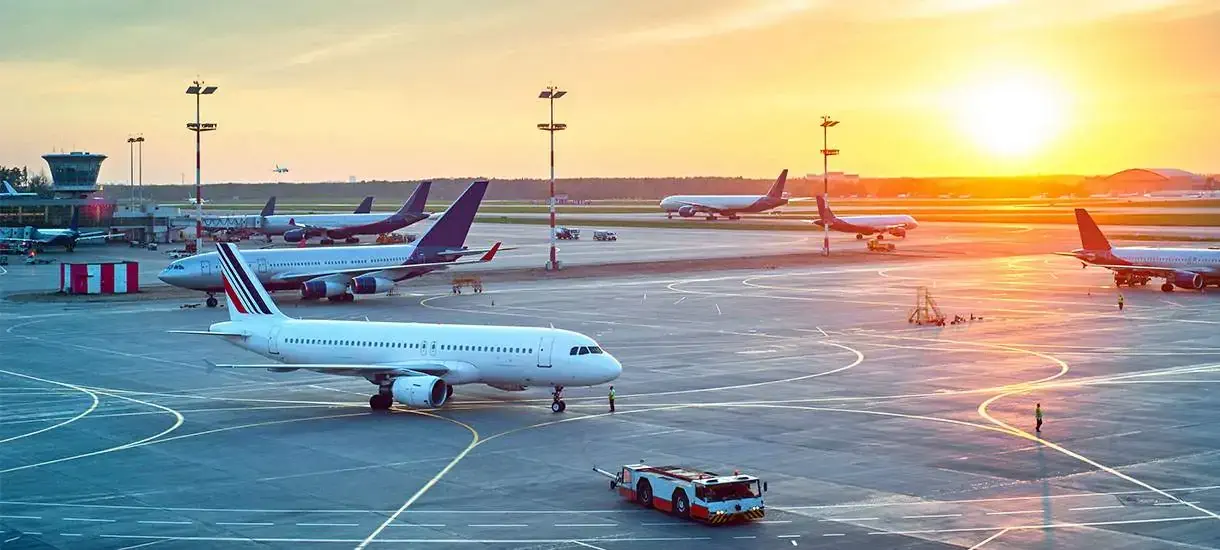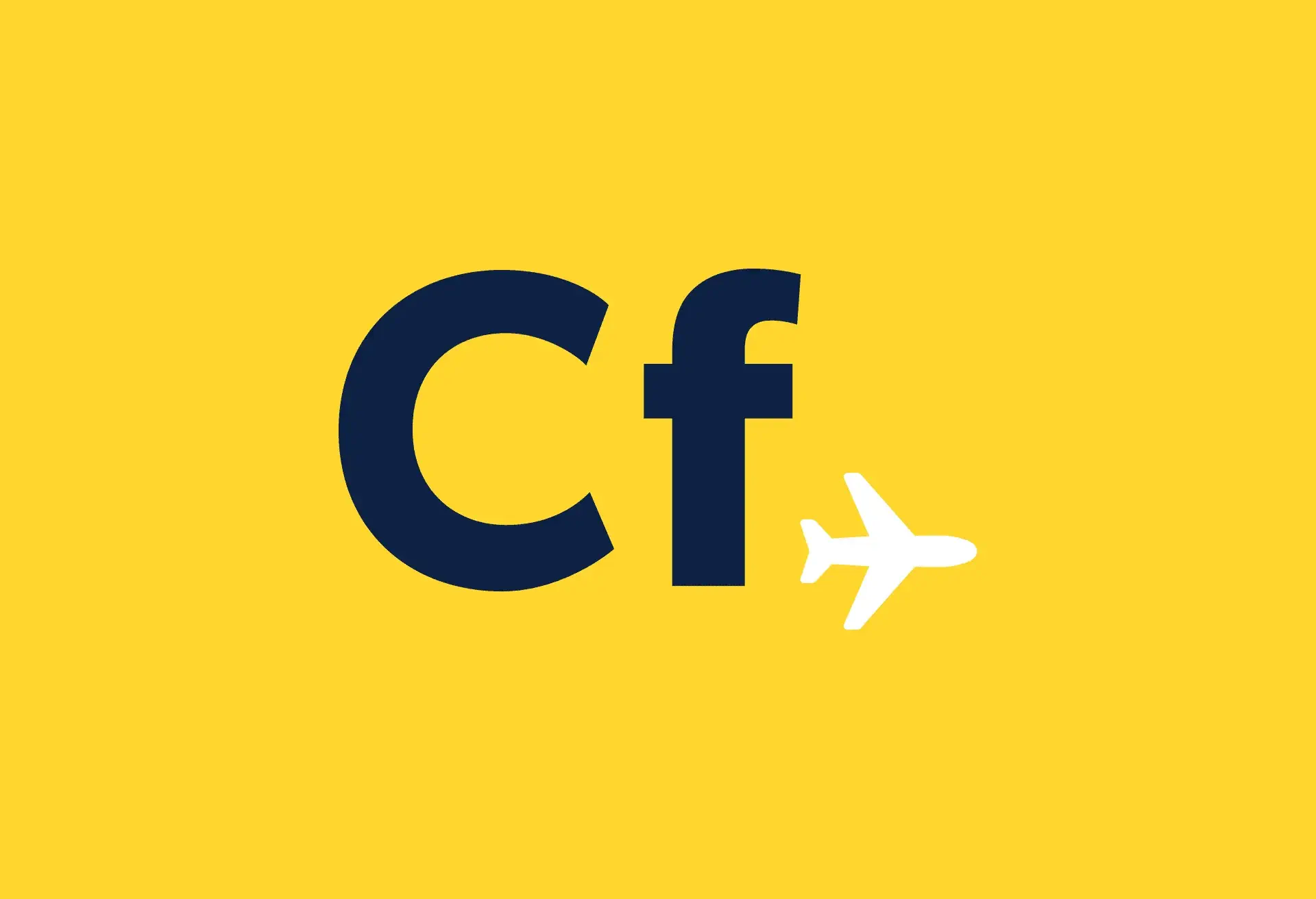Fun Flight Lesson Plans for Kids
Aviation has an extensive history that first took root about 2,000 years ago, when people in China began learning about the physics of flight through man-made objects such as kites.
Leonardo da Vinci drew detailed flying crafts and other designs for objects that could potentially fly in the future. People across the world continued to express their curiosity about flight for hundreds of years. By the 20th century man began constructing more objects that could fly, and testing their abilities.
Various crafts were created, but many of these objects never got off the ground. The first real airplanes didn’t take off until people had a better understanding of aerodynamics and engine technology. The airplane engine provides the power needed to get an airplane to fly for an extended period of time, but the structural dynamics of the craft heavily influence the process. Airplanes and birds have the same airfoil structure that produces lift and allows flight.
The Wright Brothers created very light glider airplanes that could lift off the ground and take flight. The family would not give up their pursuit of flight and this passion truly paid off. The brothers continued expanding and building more crafts each year until they had a fully functional airplane with a motor in 1902. From there, people began to invent more flying crafts such as the helicopter.
Paper Airplanes
Paper airplanes teach kids a great deal about flight and what it takes to create a craft that will easily fly through the air. Teachers can use paper airplane lessons for children in almost any age group. Younger children can understand basic concepts about how a plane travels through the air. Older kids can create more advanced paper airplanes, and conduct experiments with their creations.
Paper airplane activities often require students to work together as a team in a group setting. Kids can learn how to make accurate measurements with the proper tools, and work together to create a plane that can fly through air for as long as possible. Children learn about the physics that make flight possible. Planning activities on a sunny day makes the experience more enjoyable. Children often like to test their new planes in large open spaces such as a grassy field. However, these experiments can also be conducted in a gym or another large area if the weather doesn’t permit a class to go outside.
The materials used to create paper airplanes vary, depending on what type of plane kids are creating. Sometimes paper and a few paper clips are all that’s needed. More advanced planes require the use of other materials such as plastic bags, coins, string, beads, scissors and more paper as the main material to pull the structure together. Older kids can use data sheets to record their observations after testing the paper airplane flight capabilities.
-
- Wright Brothers: Airplane Anatomy Lesson Plan – This site includes detailed information about how to create a lesson plan around the Wright Brothers. The site instructs teachers how to organize the lesson and make a model or paper airplane.
- Paper Airplane Lesson Plans – This helpful resource includes detailed instructions about how to organize paper airplane lesson plans. Basic materials such as paper and paper clips are needed.
- Paper Airplane Lesson Plan from Yale University –This resource features a lesson plan and information about paper airplanes and the wonders of flight. Students can learn about paper airplane designs and the ultimate paper airplane.
Flight with Balloons
Lessons that use balloons also teach children about the wonders of flight even though balloons look very different from airplanes. These lessons teach children about gases such as helium that enable flight to take place. Air pressure fills a balloon and allows it to expand, creating an object that can easily lift into the air.
Teachers can use real balloons to conduct experiments and teach kids about air pressure and why balloons fly so easily through the air. However controlling the direction of the balloon is not possible unless children create a more advanced balloon craft that might involve a powered motor in a very light weight basket attached underneath the balloon. These miniature balloons can be made to look similar to very large hot air balloons. Small children can from studying flight using basic balloon crafts, but older kids might want to make their own powered balloon structures. Balloon crafts are made with all sorts of materials, and they come in many shapes and sizes.
-
- Principals of Flight: Balloon Rockets (PDF) – This site is very interesting because it gives teachers the tools to show kids how to create their own balloon rockets. This activity teaches kids about Newton’s Third Law of Motion.
- Tissue Paper Balloon Lesson – This site features an interesting lesson plan about how to make a flying tissue paper balloon. This resource is hosted by a non-profit educational organization.
- Hot Air Balloon Craft – This site features an advanced craft with detailed instructions about how to make a hot air balloon with regular household materials.
- Junior Balloon Lesson Plan (PDF) – This resource details a balloon making lesson plan that is ideal for young children.
- Weather for Kids – This is another interesting resource that describes how to make a basic hot air balloon. The site also gives details about why weather is an important factor when conducting an experiment.
How to Make and Fly a Kite
The world of kites is another fascinating aspect of aviation, especially because kites have an interesting history and have shaped our culture. Educators can create entertaining lesson plans about how kites fly and how to make customized kites.
Kites come in many shapes and sizes. In Asian cultures, they often resemble lanterns, whilesome people construct elaborate kites that mimic dragons or birds.
-
- Research Design: Let’s Go Fly a Kite (PDF) – This site provides information about how to make and fly a kite.
- Kites Theme Page and Lesson Plans –This site is a good resource which includes all sorts of educational sites and resources about how to make and fly a kite. Kids can also learn more about the history of kites here.
- Learning About Japanese Society with Kites (PDF) –This is an informative site that features information about the cultural influences of kites in Japanese society. also It also features lesson plans about how to make a kite.
- National Kite Month –This is another helpful site with resources and information about making kites and the historical influence kites have on society.
Making a Parachute
Parachute projects can also get kids excited about the world of flight. Teachers can help kids make these crafts just for fun or create a detailed lesson plan that involves experiments. Parachutes can be made to fly for a short period of time and carry small objects such as one or two eggs. It’s important for kids to learn how to take proper measurements, and construct the parachute according to instructions.
-
- Testing and Observing Parachutes (PDF) –This is a helpful site about how to make and observe a parachute.
- How to Make a Parachute (PDF) – This is a great website about how to make a parachute at home with string, yarn and a few other basic materials.
- Hands on Activity About How to Design a Parachute –This resource features detailed instructions about how to design a parachute.
Paper Helicopters
Many students at various age levels might also enjoy making paper helicopters. This activity is not difficult because it only requires a few basic materials such as paper, scissors and paper clips. The wings of the helicopter are shaped differently than the wings of an airplane. A properly constructed paper helicopter should fly easily for a few seconds without any problems.
-
- Paper Helicopter Preparation (PDF) –This resource features information about energy and the forces involved in helicopter flight. Teachers can also find a lesson plan about how to make paper helicopters.
- Make and Fly a Helicopter – This site features a lesson plan about how to make a helicopter out of paper. Teachers can also get more background information about the physics involved in flight.
- Making a Simple Paper Helicopter – This site includes information about how to make a paper helicopter with paper and paper clips.





